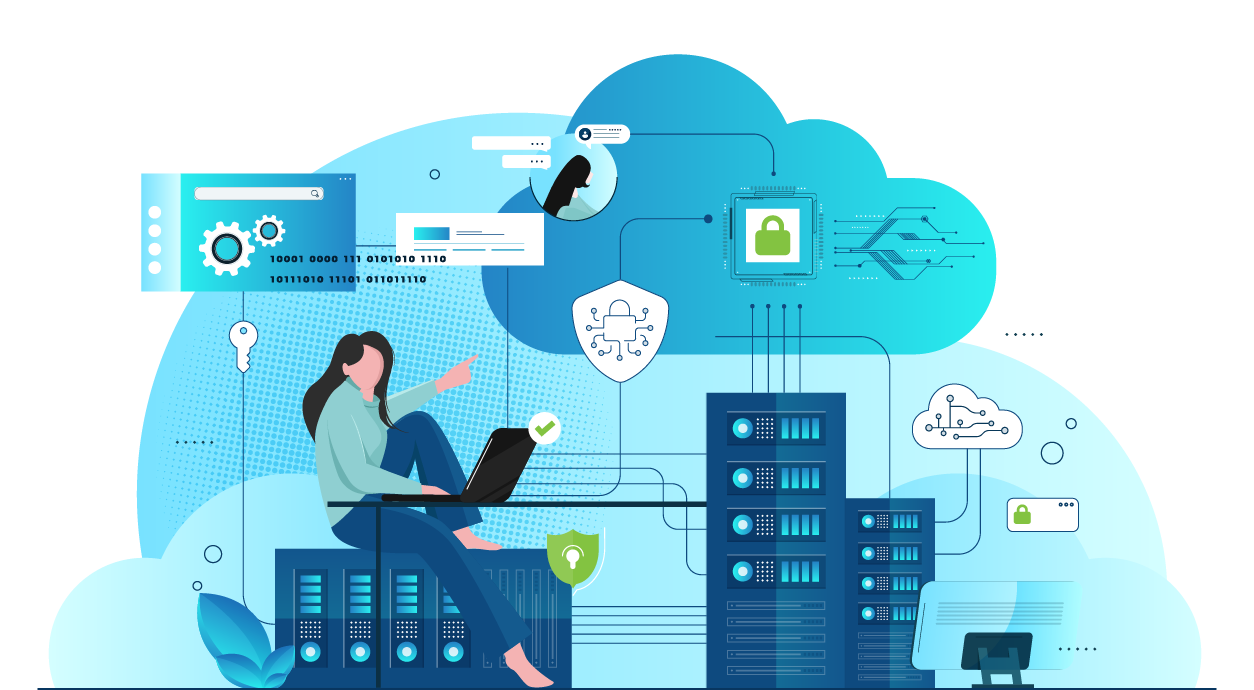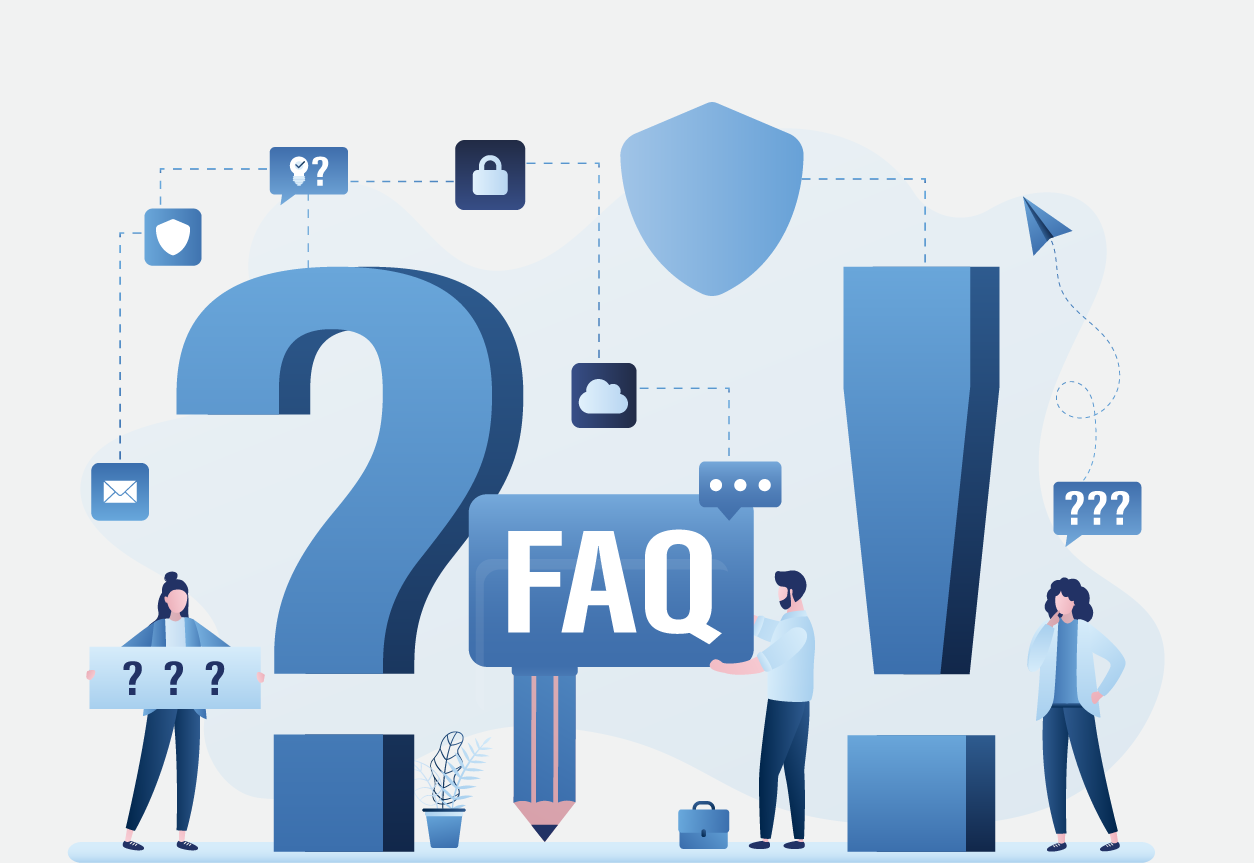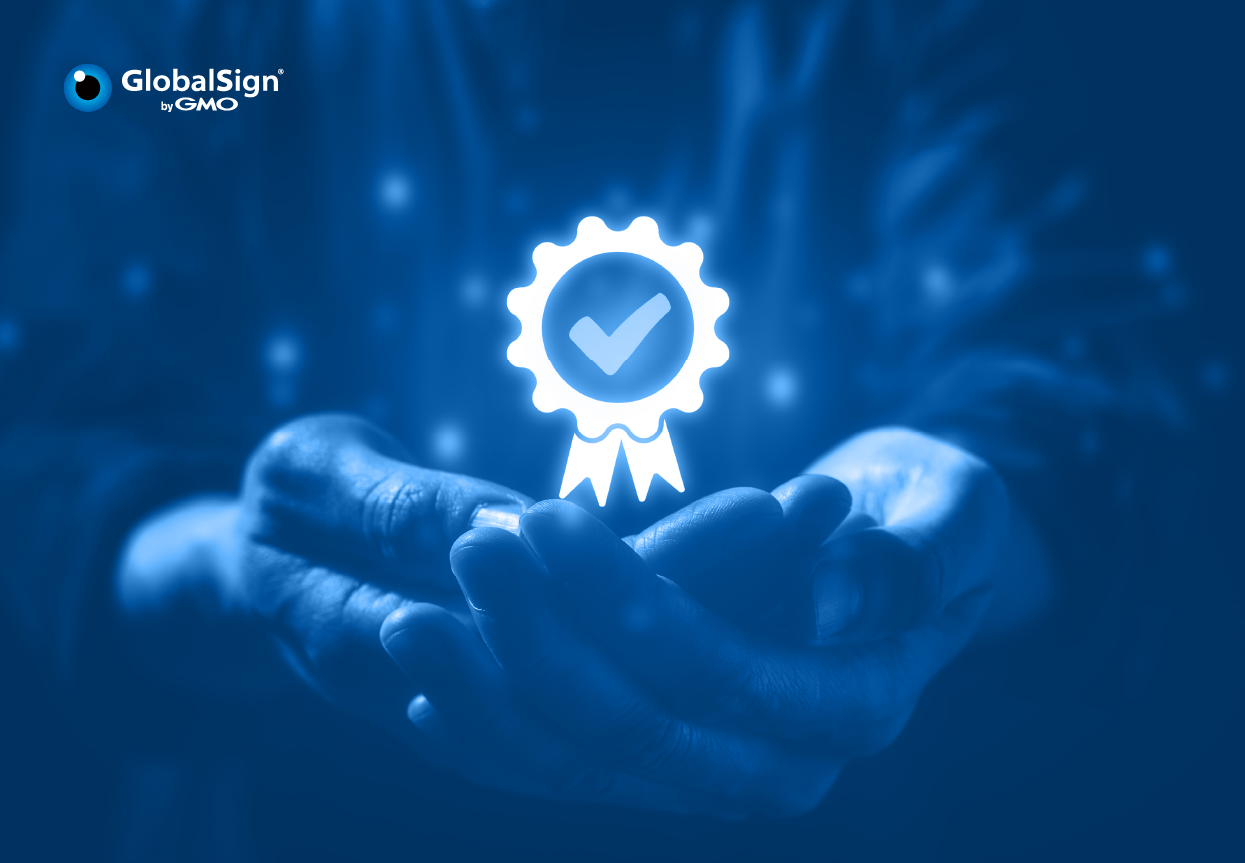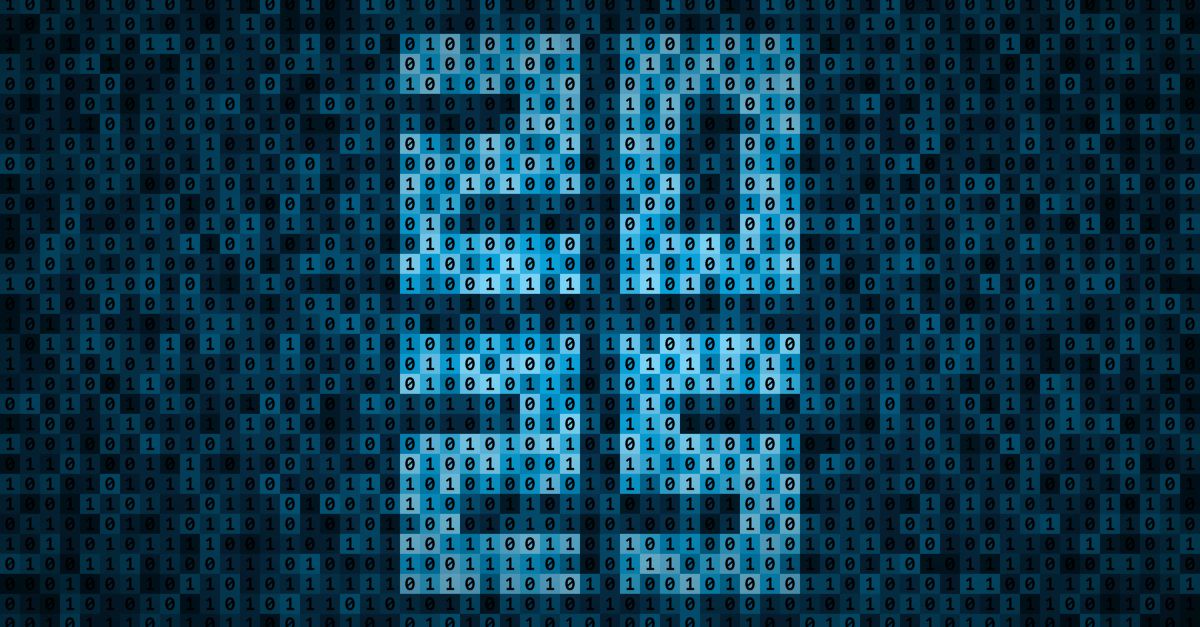With the proliferation of IoT (Internet of Things) devices, businesses are faced with unprecedented cyber threats.
Continuously adding new devices to your IoT network effectively increases the attack surface for cyber threats, leaving your sensitive data exposed.
Digital Identity Management has become an integral part of IoT security. It facilitates authenticating devices to protect your entire IoT network.
This blog explores the 10 most frequently asked questions related to digital identity and IoT security. We have created it to serve as the basis for your future digital identity and IoT security strategy.
Digital Identity FAQs
1. What is Digital Identity Management?
Digital Identity Management is the process of managing encrypted digital identity certificates for people, devices, and software within an organisation. The goal of Digital Identity Management is to protect sensitive data and prevent identity fraud while ensuring a smooth and low-risk management process.
2. Why is Digital Identity Management Crucial for Businesses?
Keeping track of digital identities can be a real challenge for your business.
Without a proper system that’s built from the ground up for Digital Identity Management, you’re potentially exposing your business to cyber threats, certificates expiring accidentally without renewal, a lack of efficiency through automation, and other issues that could be easily prevented.
Employees find it difficult to remember countless credentials for different applications. Digital Identity Management enables employees to access applications and data securely with an encrypted digital certificate that authenticates their identities, eliminating the need for dozens of usernames and passwords.
With Digital Identity Management, you can:
-
Efficiently onboard new employees
-
Easily and securely add new devices (including IoT) to your network
-
Set different levels of access control for each user or device
3. How Does Digital Identity Management Enhance Security?
Digital Identity Management improves security by:
-
Providing protection against identity theft. Digital identity authentication helps you identify fraud and prevent unauthorised information access.
-
Protecting sensitive data.
Digital Identity Management helps you protect sensitive customer data by implementing measures like digital identity verification and encryption.
4. What Compliance Requirements Are Related to Digital Identity?
Maintaining and securing digital identities is required by numerous regional and international compliance standards. These can be summarised as follows:
General Data Protection Regulation (GDPR):
-
Ensuring customer awareness and consent for private data access.
-
Deploying Identity and Access Management: IAM solutions with access management, governance, authentication, and data protection.
-
Tracking all access to personal data and accommodating consumer preferences.
-
Regularly updating access rights based on organisational changes and customer preferences.
Health Insurance Portability and Accountability Act (HIPAA):
-
Protecting privacy and security of Protected Health Information (PHI).
-
Limiting access to PHI based on identity and purpose.
-
Integrating IAM solutions with credential protection, centralised access governance, and automated access logging for auditing.
Gramm-Leach-Bliley Act (GLBA):
-
Protecting sensitive financial customer information.
-
Implementing IAM solutions with role-based management, SoD (Separation of Duties) controls, automated provisioning, and multi-factor authentication.
-
Ensuring compliance with federal privacy policies and consumer protection rules.
California Consumer Privacy Act (CCPA):
-
Ensure control over personal information.
-
Integrate IAM solutions with access governance, strong authentication, and centralised administration.
Sarbanes-Oxley Act (SOX):
-
Internal controls for financial reporting integrity and security.
-
Centralised administration for access management and identity governance.
-
Enforcement of Separation of Duties (SoD) policies.
-
Regular auditing and automated logging for compliance verification.
Family Educational Rights and Privacy Act (FERPA):
-
Protecting student privacy in educational institutions.
-
Implementing IAM solutions that allow controlled access to student data.
-
Logging of user access to student data and automated reporting for compliance.
New York Stop Hacks and Improve Electronic Data Security Act (SHIELD) Act:
-
Enhance security and privacy notification requirements.
-
IAM solutions with automated provisioning, entitlement management, federated identity, and multi-factor authentication.
5. Can Digital Identity Management Scale with My Business?
Digital Identity Management can be scaled according to your changing business needs.
With a Certificate Lifecycle Management (CLM) system, you can instantly issue, revoke, reissue, or cancel digital certificates for users and devices. You can also track and use certificates efficiently, enabling you to scale your digital identity needs without delays.

IoT Security FAQs
6. What Is IoT Security?
IoT security comprises the set of processes and techniques that are carried out to protect IoT devices. An IoT device is a computerised internet-connected unit that’s interconnected with other similar devices and to a unified IoT network. Examples of IoT devices include security cameras, smart lights, and auto on/off machines.
Due to the interconnected nature of IoT devices, an attack on any of these devices could scale to a wider IoT network that could potentially cost your business a lot of money and result in data loss. Some of these include vulnerability exploits, identity theft, and ransomware.
The primary challenge that faces the implementation of IoT security is that IoT devices typically lack any reliable protection means.
7. How Does IoT Security Help My Business?
IoT Security is crucial for your business as the risk of cyber-attacks stemming from the unique manufacturing and extensive data handling of IoT devices continues to rise.
These IoT devices, from common internet-connected ones to those using Bluetooth, face numerous vulnerabilities, and their often-limited computing power makes implementing on-device security measures challenging.
But that’s not the only challenge that faces IoT security. The expansive attack surface due to diverse connectivity options, inadequate default passwords, and lack of encryption, are major concerns too.
Therefore, it’s vital to mitigate these challenges in your business. Encouraging the replacement of default passwords, enhancing encryption, and increasing awareness about the vulnerabilities of IoT devices are critical steps. The interconnected nature of devices also requires comprehensive security configurations to prevent a domino effect if one device is compromised.
High-profile incidents highlight the urgency of IoT security. It emphasises that even technologically advanced devices are susceptible to breaches, underscoring the vulnerability of all smart devices.
With IoT security, you’ll be able to protect your business from cyber threats, increase customer trust, meet compliance requirements, and ensure business continuity.
8. How Does IoT Security Work?
IoT security involves a multi-faceted protection approach that encompasses:
Software updates
IoT devices should be kept up to date with the latest security patches to get rid of potential vulnerabilities and zero-day exploits. Even a few hours can make a difference here.
The tricky part here is that it’s the manufacturer’s responsibility to release these updates as fast as possible. Your job is to make sure these updates are installed quickly.
Credential Security
The credentials used in IoT devices must be regularly updated to minimise the risk of breaches. Another good practice is to limit the use of the same credential in more than one endpoint, preventing possible attacks that specifically compromise credentials.
Public Key Infrastructure (PKI) and Digital Certificates
PKI protects client-server communications across different interconnected endpoints with a two-key system, making encryption and decryption more convenient and secure with digital certificates.
Digital certificates protect data that users and devices submit to websites and other devices, ensuring complete privacy of information.
Encryption
IoT devices continually exchange data, making them more vulnerable to cyber-attacks that target their communications. Encryption protects these data transmissions using a public key, and a private key that only the end user possesses. In that case, the end user is the device that receives the message.
However, despite being highly effective, encryption alone is not enough. It must be used alongside authentication to verify the devices’ identities. This ensures that the attacker is unable to manipulate users and create separate encrypted connections between one device and another.
Shutting Down Unnecessary Devices
Sometimes, an IoT device’s function is not needed. In that case, a good practice is to turn off this device until its functions are needed again. This way, you can effectively minimise the attack surface for your IoT network.
DNS filtering
DNS filtering can block malicious websites and prevent your IoT devices from landing on them.
9. What Types of IoT Security Solutions Are Available?
Currently, the available IoT security typically falls within one of the following domains:
-
Network security: Network security comprises protecting IoT devices from unauthorised access by containing the attack surface and integrating a zero-trust security environment.
-
Embedded solutions: In these solutions, nano agents secure IoT devices with runtime protection and monitoring, as well as proactive threat identification actions that mitigate zero-day exploits.
-
Firmware assessment: Firmware Assessment involves evaluating how secure an IoT device’s firmware is by spotting vulnerabilities that could lead to a breach in the future.
10. Can IoT Security Integrate with Other Security Measures?
IoT security solutions can integrate with other security measures in your organisation. For example, if you have a Digital Identity Management platform, you can integrate it as part of your overall security strategy by issuing digital certificates for each new device that gets added to your IoT network.
Combined Advantage: The Synergy of Digital Identity and IoT Security
Utilising both Digital Identity Management and IoT security can introduce various benefits for your business. These include:
-
Better authentication and access control: Digital identity solutions bolster authentication mechanisms for devices and users within IoT networks. This ensures that only authorised entities can access and interact with connected devices, minimising the risk of unauthorised access or breaches.
-
Improved data security across all endpoints: Integration of digital identity and IoT security ensures that data transmitted between devices remains secure. Encryption and identity-based protocols safeguard data integrity, maintaining confidentiality in data exchanges.
-
Easier device management: Digital identities make adding and removing devices to and from your IoT network much simpler and more secure. It also facilitates security monitoring and firmware updates.
-
Meeting compliance requirements: Combining digital identity and IoT security helps you meet different regulatory compliance guidelines. By implementing IoT data protection and risk mitigation techniques into your organisation, you’ll be able to avoid hefty compliance fines and penalties.
-
Increasing customer trust: Implementing strong IoT security measures through digital identity demonstrates your commitment to securing IoT devices and sensitive customer data and boosts your trust.
Start Protecting All Your Devices and People Now
Contact us now to discuss your identity protection requirements and we’ll tailor a solution that fits your needs.







